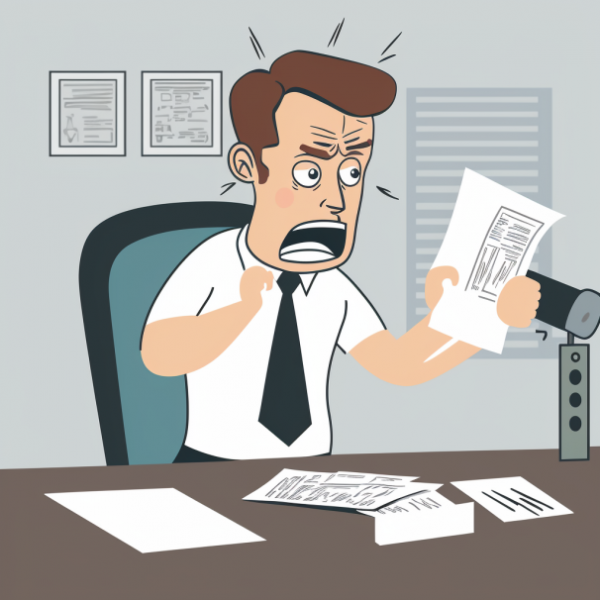RFP in's and out's

So your company has decided to go forward with a digital solution. The team has been put together and the idea has the green light to move to the next phase. There's excitement in the air as this new idea is going to be something truly beneficial to the company. You feel a new sense of purpose as you are the individual tasked with spearheading the new project. But there’s only one problem… who can you trust as an outside vendor to bring your project from idea to completion? Well, the only way to accomplish this feat is to build an RFP.
Don’t be afraid it’s just a template!
So now that you’re ready to bring on outside vendors you have to have a strategy. But what do you have to guide yourself in the right direction? That’s where the RFP template comes into play. This assists in mapping out what you need to request. This is imperative because just like anything it's not the question, but how you ask it. Framing the request correctly ensures that the project will not only run smoothly, but also make sure everything that needs to get done in fact does. You can find templates online that are also catered to the industry you’re in. This way you can create one that’s specific to the companies you’re reaching out to.
As you begin to build the RFP, having the template will show certain questions that need to be asked. You can reverse engineer these questions to give you a better understanding of how to ask the right questions. Making sure you bring on the right partner for the project stems from asking them the right questions. Look at it like this, if you’re going to spend the next 3 to 6 months on the project with them you want to make sure everyone is on the same page. By asking the right questions this will assist in breaking down the barrier of who they are. Can you figure all of this out in a few conversations… no. If you can get them to open up this also is a great way to gauge if they're going to be a good fit. One thing to keep in mind is a template is just a tool, and like any tool if not used correctly it will then become ineffective.
Here are some things to really think about when preparing the RFP. First, make sure that a clear timeline is spelled out. Once you create a clear timeline then treat it like a map to lead in the right direction. A detailed description of what the problem is has to be completely understood. No one builds an app just to build an app, and the reason behind this initiative has to be crystallized to the customer first. If your RFP has inadequate evaluation criteria that will create a death spiral of time and materials. Things to think about.
When it’s all said and done it comes down to research. Obviously there’s so many resources online. But you’re probably best to start with someone you know to help out. Either a co-worker or a friend, someone who has been through the process before. This will be huge. Knowing what’s the drive behind the project is key and I can’t stress that enough. Knowing the ‘“what” leads to the “why”. You’d be surprised that the solution or idea for the project can change based upon uncovering that. So make sure in the beginning to find that out, and things will go so much smoother.
